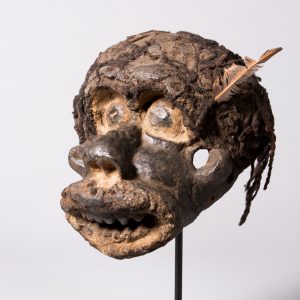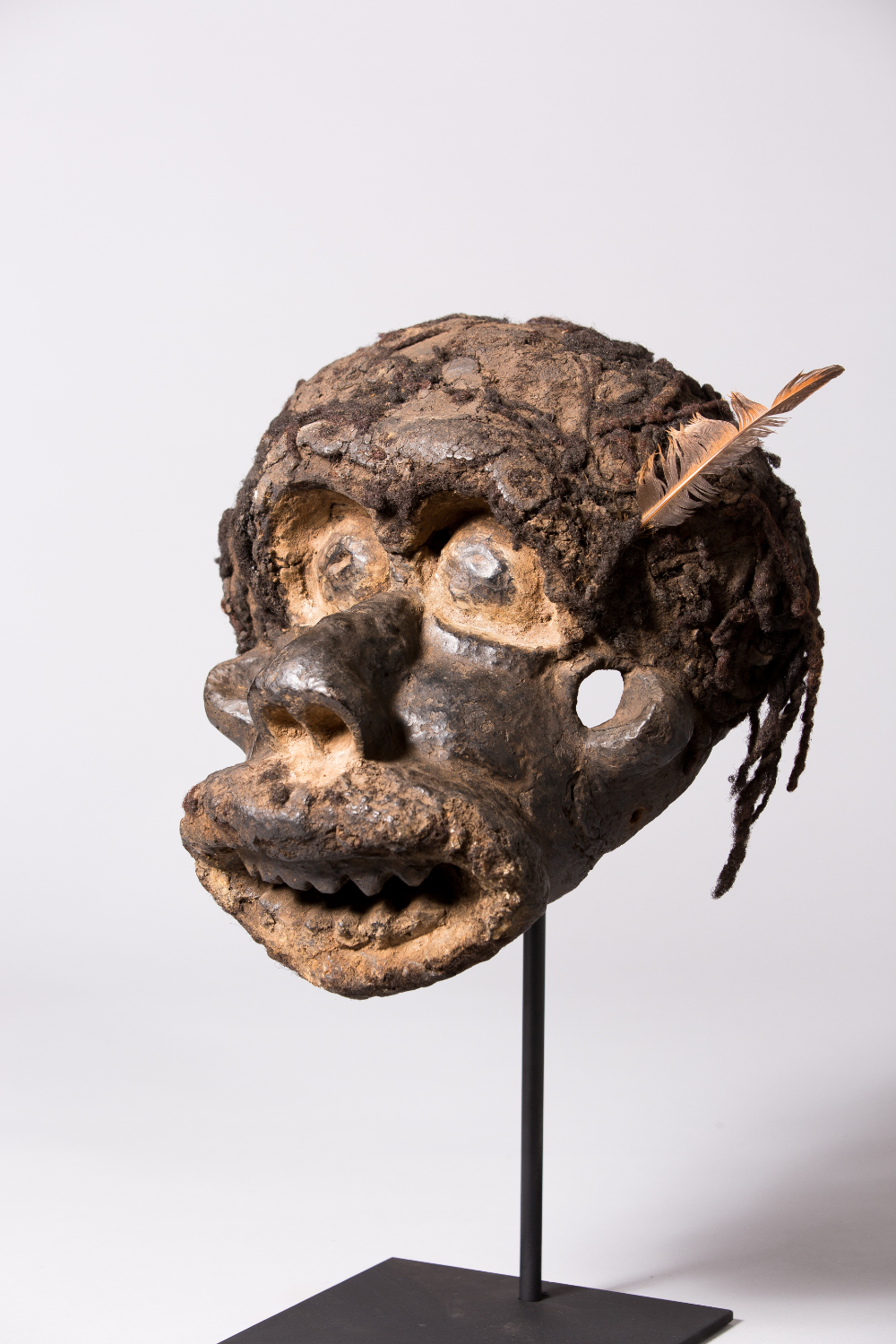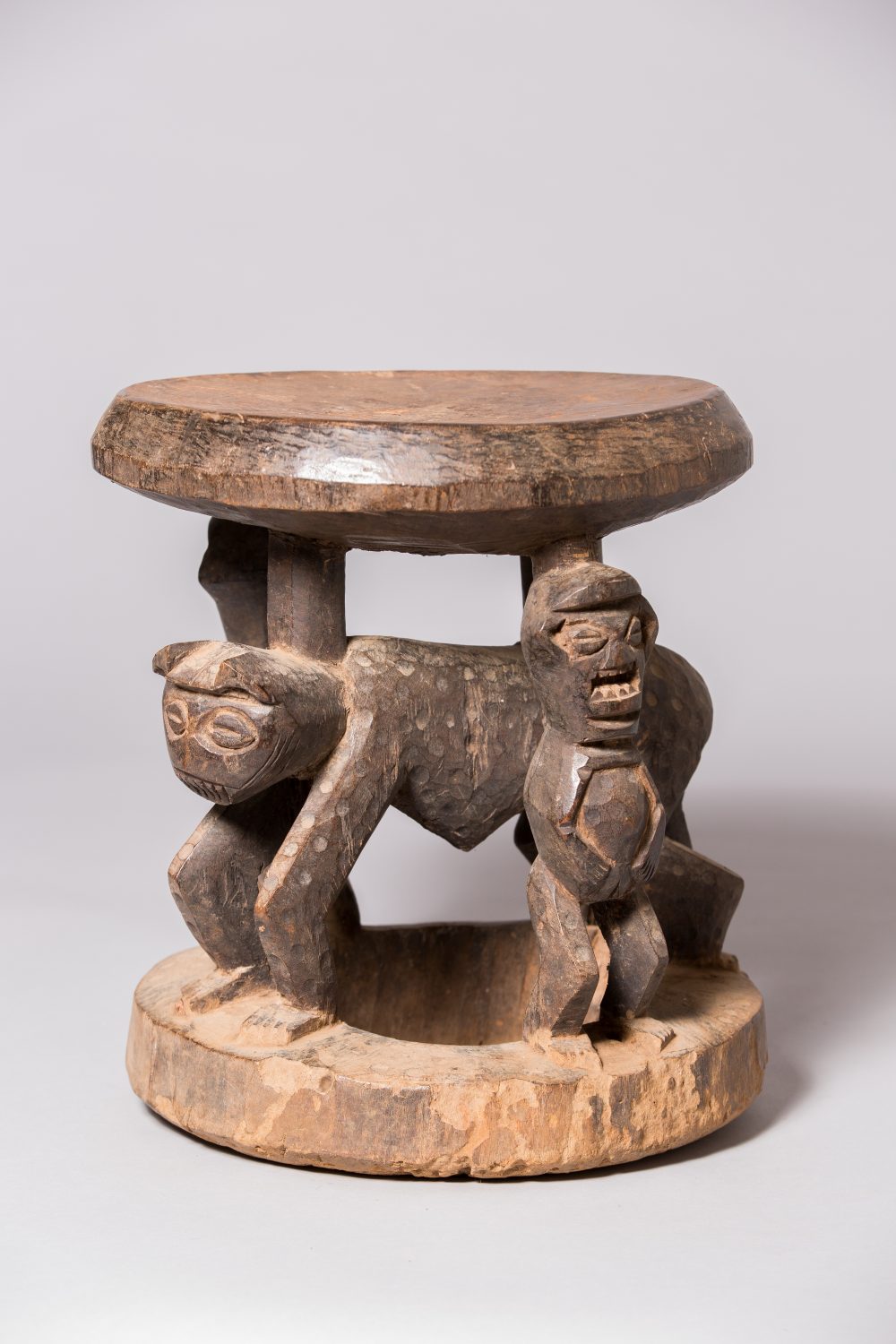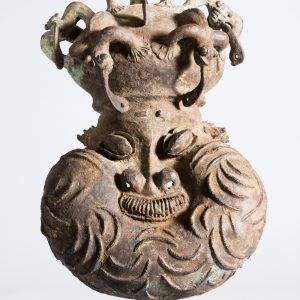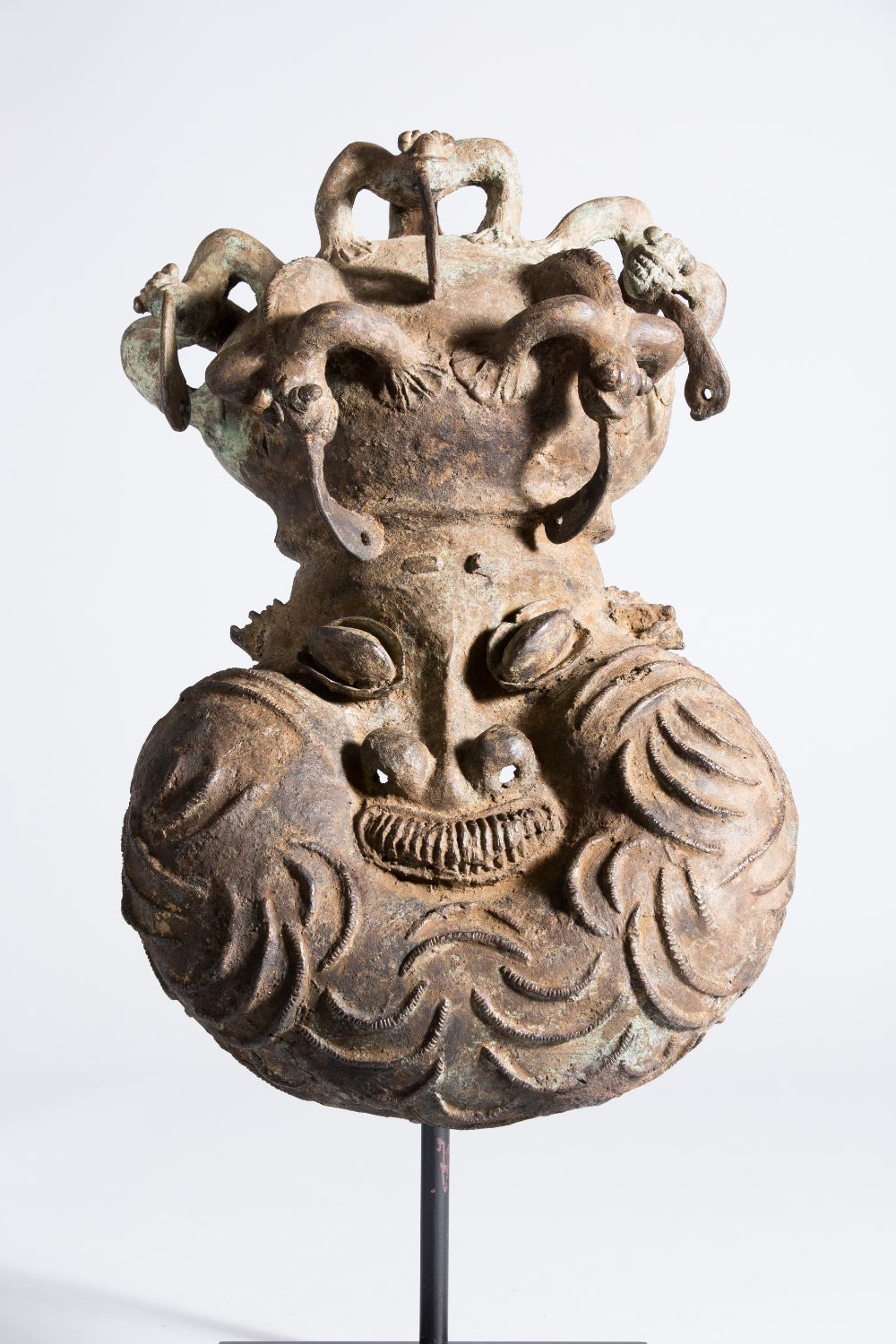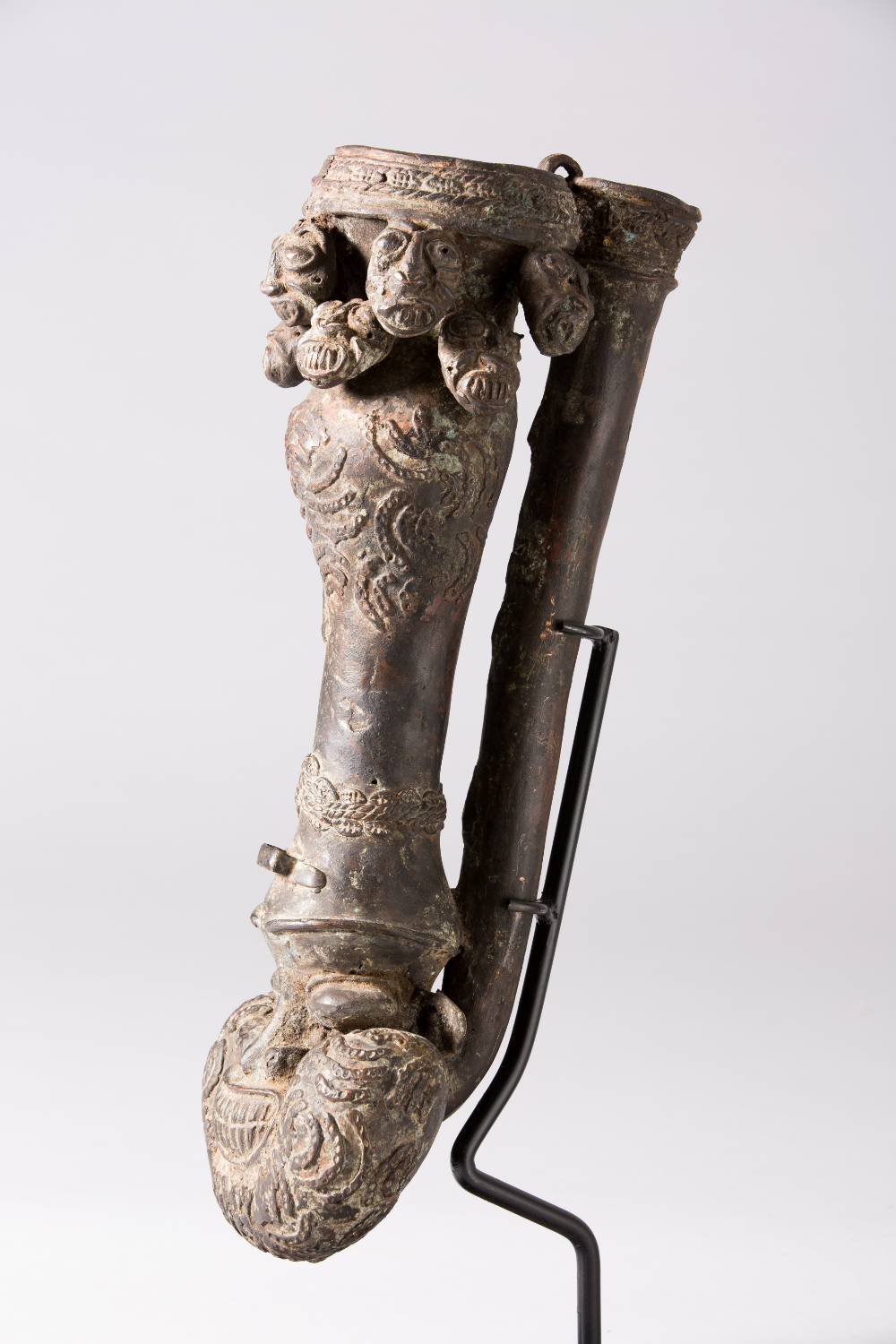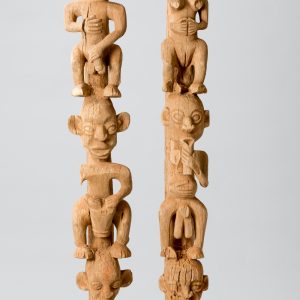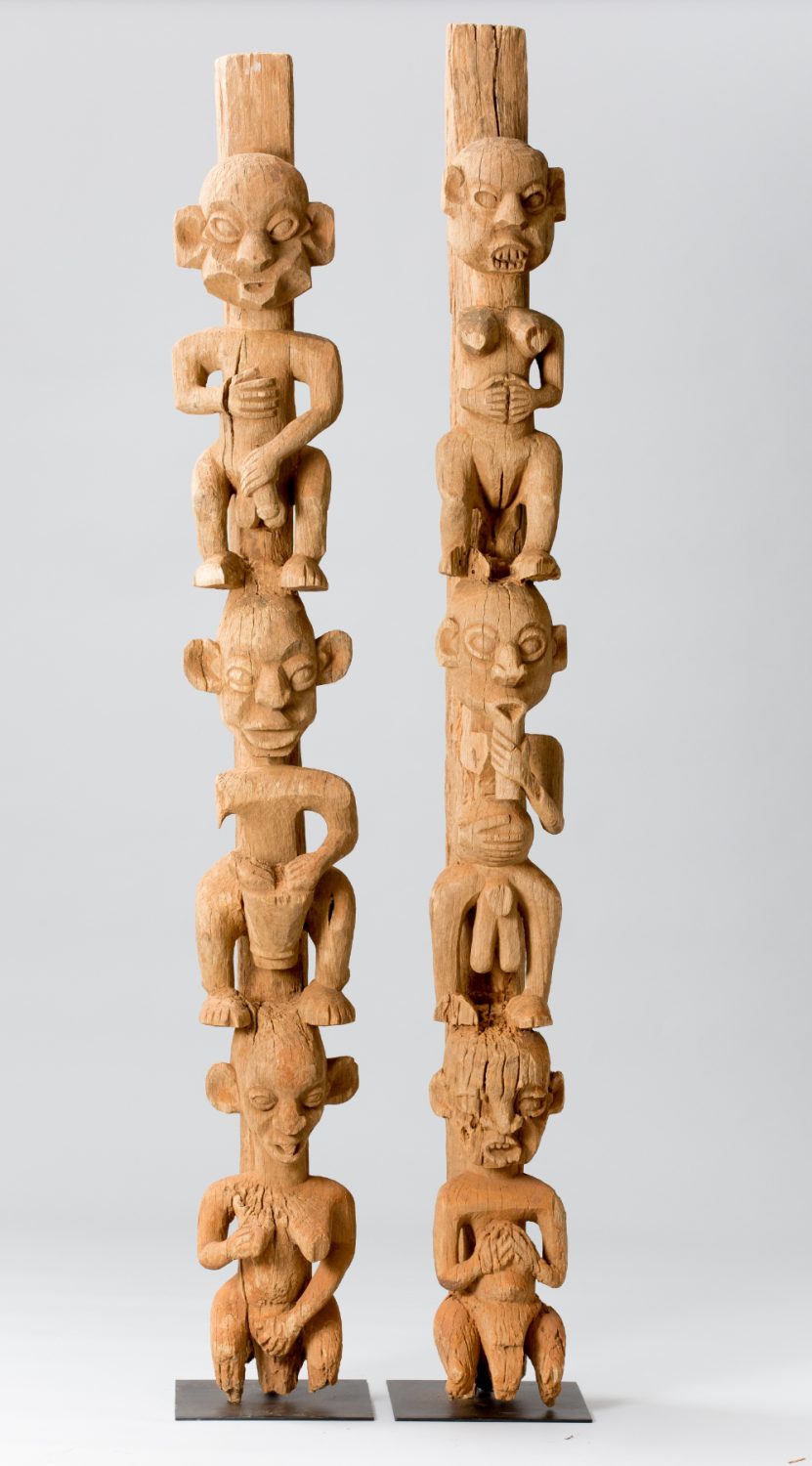Amadou Njoya was born into a family of distinguished iron and brass artisans who worked for the royal family of the Bamum kingdom. His family had bestowed upon them the title of “Nji,” a significant and honorable person within the kingdom. In 1990, Amadou began collecting art and has assembled a comprehensive assortment of both traditional and contemporary objects that represent his appreciation of ceremonial ritual and respect for the spirit’s that inhabit the work. This exhibition showcases his precious collections, as well as present the powerful arts and rich cultural heritages of Cameroon.


